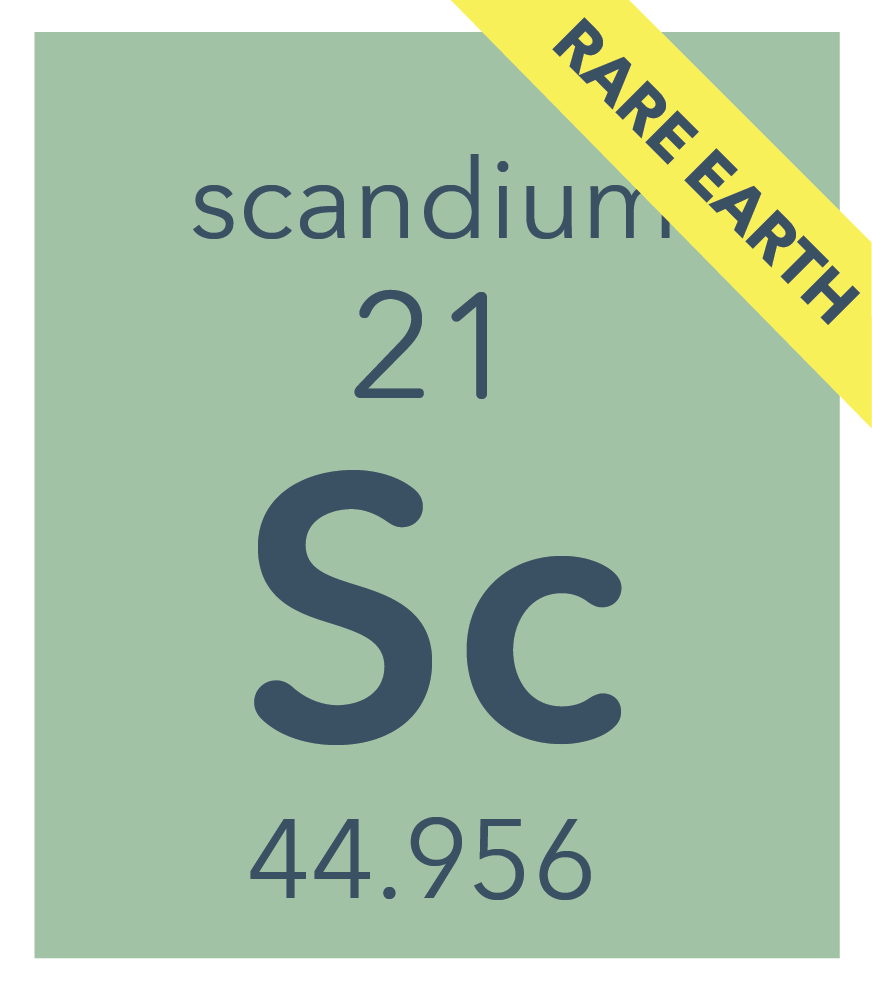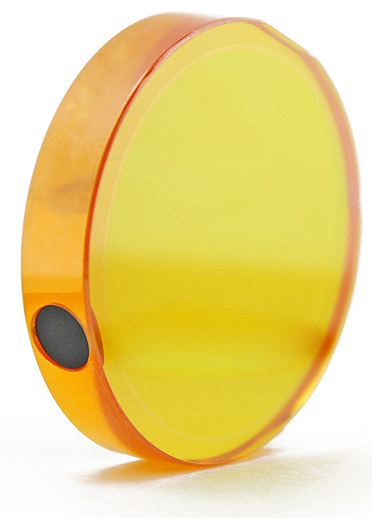Sustainable Supply of Scandium, Niobium and Vanadium for the EU Industries from Liquid Residues from Chlorine-Based TiO2 Pigment Plants
An EIT Raw Materials project (Nb. 20093) 2021-2023
Objective
ScaVanger will ensure the steady supply of Sc, Nb and V for the EU to become leader in growing markets. Forecasts announce significant higher demands of Sc (300 t/y), Nb and V until 2028 for the growing markets in alloy, steel, aeronautics, batteries, fuel cells, robotics, drones, heat exchange capacitators and 3D printing industries (Roskill, 2018). Recoverable resources are contained in acid chlorine solutions from TiO2 pigment production (1.5 million t/y in EU), but mainly landfilled.
Technology
ScaVanger will upscale an innovative hydrometallurgical technology for successive Sc, Nb, and V extraction from the TiO2 acid by product streams. Thus, ScaVanger will be setting the foundation for a sustainable supply for the EU of these critical metals (100 % Sc and about 2 % Nb and V demand), while contributing to the EU’s circular economy action plan.
The technology will be integrated in the relevant production flowsheets of the TiO2 pigment industry to avoid transport of relevant by-products and share investments. The metal containing by-product is treated by a Boil&Bake technology to produce a solution of iron chloride that is freed from harmful elements. The B&B residue is re-slurried in water. Together with stoichiometric quantities of chloride remaining in the residue is made available to re-dissolve Fe, Al, Mg, Ca etc. so that they can be separated from Cr, V, Nb, Sc, Ti and other elements in the residue. This new technology and plant will bring valuable metal products to the market: Sc2O3, ScF3, Nb-concentrates, V-salts and V2O4 essentially for the alloy industries. The remaining residue can be used as e.g. cement additives or in other construction applications. HCl and water are reused in the plant.
Timeline
Real scale demonstration is scheduled for 2023 with industrial operation starting in 2026. In the future, this technology can be easily further implemented in all chlorine-based TiO2 pigment production plants, both in the EU and worldwide.
Partnership
- Catura Geoproject Geosciences Conseils, France
- Enalos Research and Development, Greece
- MEAB Chemie Technik GmbH, Germany
- National Technical University of Athens (NTUA), Greece
- Rheinisch-Westfälische Technische Hochschule Aachen (RWTH), Germany
- Orano Mining (Lead Partner), France
Comments are closed.


 Scandium is a chemical element with symbol Sc and atomic number 21. A silvery-white metallic d-block element, it was discovered in 1879 by spectral analysis of the minerals euxenite and gadolinite from Scandinavia.
Scandium is a chemical element with symbol Sc and atomic number 21. A silvery-white metallic d-block element, it was discovered in 1879 by spectral analysis of the minerals euxenite and gadolinite from Scandinavia.
